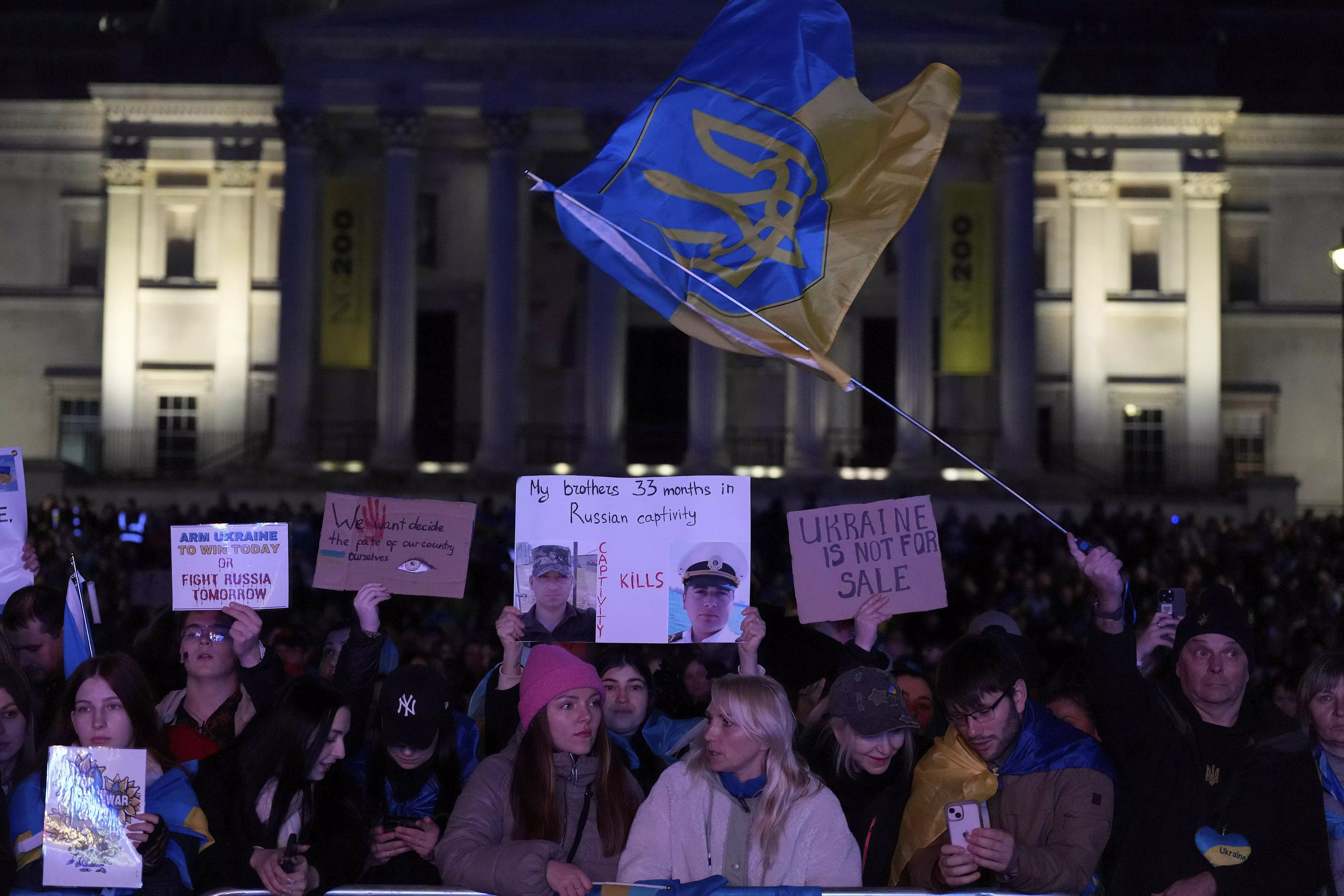In the rock and hard place

Ukraine has entered the fourth year of the war waged by Russia on its soil. This undesirable milestone also comes under a new US regime that is less supportive of the Ukrainian cause, or at least it seems so. Presently, the country's economy is struggling, and its troops are exhausted. At the same time, Russian advances remain relentless. However, it may be noted that Russia, too, is feeling the pressure as inflation begins to slow down its once-resilient economy.
President Volodymyr Zelenskyy made a surprising statement, saying he would be willing to step down if it meant securing peace for Ukraine. He even suggested he could exchange his resignation for Ukraine’s NATO membership. His words clearly embody frustration and the growing desperation of a nation that has fought fiercely for its sovereignty over the last three years. To Ukraine’s dismay, US President Donald Trump has shifted America’s stance on the war. Since assuming office again in January, he has insisted that Ukraine must hold free and fair elections, and referred to Zelenskyy as a ‘dictator’ since his official term ended in 2024. Trump has also suggested that Ukraine itself bears responsibility for the war. Such accusations have further strained relations between the two countries. Trump wants to negotiate an end to the war and has already started talks with Moscow, leaving Ukraine out of the discussions thus far. At the same time, he is demanding compensation from Ukraine for the billions of dollars in aid sent during Biden’s presidency, pushing for a deal involving Ukraine’s mineral resources. In return, Ukraine wants security guarantees, but whether it will get them remains uncertain.
The war has taken a toll on both Ukraine and Russia. Inflation is rising, and economies on both sides are feeling the strain. Russian factories continue to produce weapons despite sanctions, primarily fuelled by illicit oil sales and a growing state apparatus. But signs of slowing economic growth are beginning to show. In Ukraine, economic recovery has been uneven. While the country saw GDP growth after a devastating slump in 2022, projections for this year are lower than expected.
On the battlefield, it goes without saying that the human cost has been staggering. Thousands of Ukrainian citizens have died, and over six million have fled their country. Military losses remain a closely guarded secret, but Western intelligence estimates suggest hundreds of thousands have been killed or wounded on both sides. The UN General Assembly is set to vote on two competing resolutions. Ukraine, backed by European nations, is demanding a full withdrawal of Russian troops. The US, however, has proposed a vague resolution calling for a ‘swift end’ to the war without mentioning Russian aggression. The Biden administration had previously supported Ukraine unconditionally, but Trump’s shift in policy has led to fresh divisions. His administration is urging countries to back the US resolution and reject Ukraine’s. This move reflects his broader push for a negotiated settlement with Russia.
Trump’s approach has alarmed European leaders, who feel sidelined in the talks. His administration’s insistence that Ukraine move quickly toward peace, while demanding repayment for past aid, signals a major shift in how the West views the conflict. Meanwhile, Russia has welcomed the US resolution, which avoids direct criticism of its invasion. The upcoming UN vote will reveal how much global support remains for Ukraine. Since the invasion in 2022, the General Assembly has repeatedly condemned Russia’s actions. But with Trump now reshaping U.S. policy, the balance of power could be shifting. Ukraine remains defiant, but as the war drags on, the uncertainty surrounding its future has never been greater.



